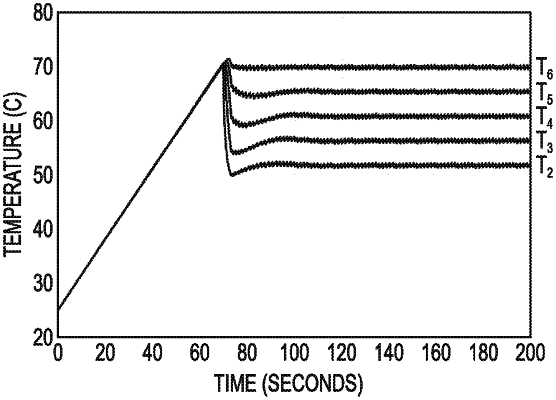| CPC G01N 25/00 (2013.01) [F24S 23/74 (2018.05); F24S 30/428 (2018.05); F24S 50/40 (2018.05); G01N 33/1826 (2013.01); Y02E 10/40 (2013.01); Y02E 10/47 (2013.01)] | 13 Claims |

|
1. A method of setting a fluid heating system, the fluid heating system having a solar collector configured for focusing sunlight on a focal axis, an elongated flow element arranged and configured for heating and transporting liquid water along the solar collection system at the focal axis in a fixed configuration with the solar collector, and a flow-control assembly configured to control the flow of liquid water in the elongated flow element to control heating of the liquid water below a boiling temperature and to establish a mass flow rate of the liquid water, the method comprising:
receiving a desired pathogen reduction in the liquid water in the fluid heating system at the flow-control assembly;
receiving a series of time-varying temperatures of the liquid water as it flows through the elongated flow element, the series of time-varying temperatures defining a quasi-steady state of temperatures at different points along the elongated flow element and that oscillate due to pulsed flow that occurs as the flow-control assembly opens and closes;
calculating a calculated pathogen reduction at the flow-control assembly using a decimal reduction model that accounts for the dynamically changing water temperatures as the liquid water flows along the elongated flow element by accumulating pathogen reductions due to each of the temperatures of the flowing water at the different points and the amount of time the liquid water is at each temperature based on the mass flow rate and the pulsed flow;
comparing the calculated pathogen reduction to the desired pathogen reduction;
setting a temperature to control the flow-control assembly based on the comparing of the calculated pathogen reduction to the desired pathogen reduction; and
controlling the mass flow rate of the liquid water using the flow-control assembly based on the set temperature to provide the desired pathogen reduction.
|